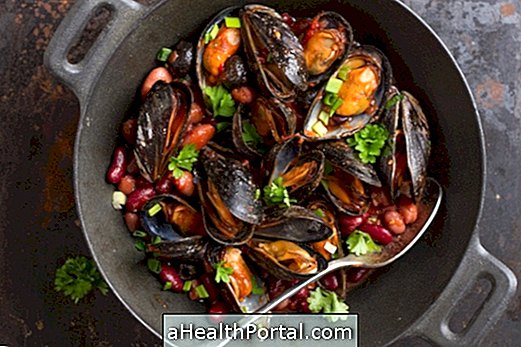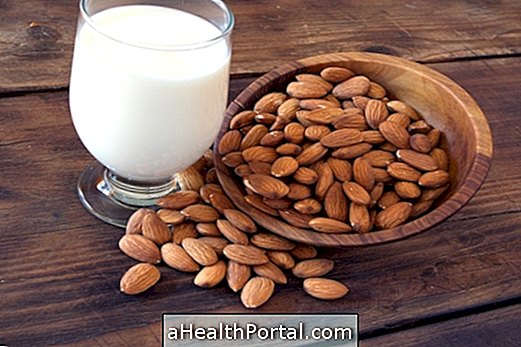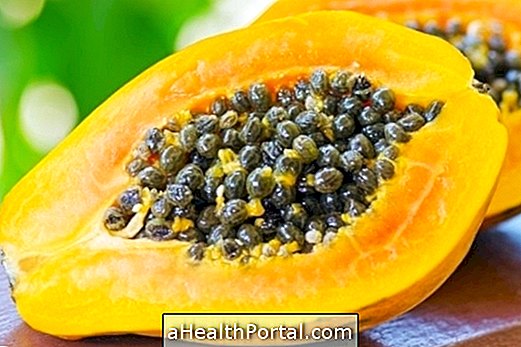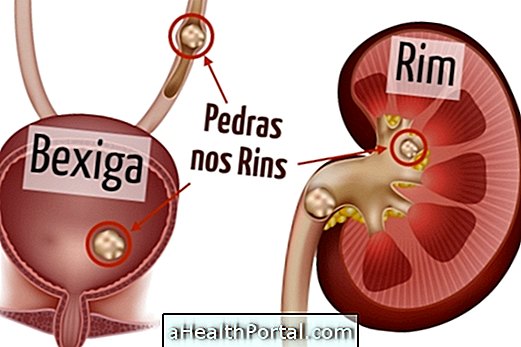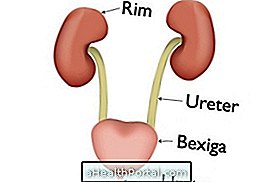The fruit of the earl, also known as fruit-ata, pineapple, pineapple, pineapple, basil or Lent is a delicious fruit with sweet flavor that can be used to make tea, juice, to consume in the natural, roasted or cooked.
Benefits of Fruit of the Earl
In addition to being tasty, low in calories and a source of B-complex vitamins, the benefits of conquered fruit include primarily constipation because it has fibers that help regulate the bowel.
Other benefits of conquered fruit include:
- Help lower cholesterol because in addition to fiber has no fat,
- Fight aging skin because it has vitamin C,
- Decrease fatigue because it is rich in B vitamins,
- Help to lose weight, because it is a fruit with few calories, without fat and with fibers that diminish the appetite.
In addition to these benefits, the seeds of this fruit are also used to loosen the intestine. But the fruit of the earl must not be confused with atemoia, because they are very similar. Learn the differences and see all the benefits of atemoia here.
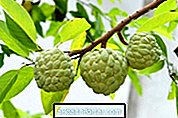


Nutritional Information of the Count Fruit
| Components | Amount per 100 g of Walnut |
| Energy | 69 calories |
| Proteins | 2.8 g |
| Fats | 0 g |
| Carbohydrates | 14.24 g |
| Fibers | 2.4 g |
| Vitamin A (retinol) | 1 mcg |
| Vitamin B1 | 63 mcg |
| Vitamin B2 | 167 mcg |
| Vitamin B3 | 1.28 mg |
| Vitamin B6 | 0.2 mg |
| Vitamin C | 28.1 mg |
| Calcium | 27 mg |
| Phosphor | 46 mg |
The fruit of the earl is from the same family as the graviola. Learn more about graviola in: Benefits of Graviola.
